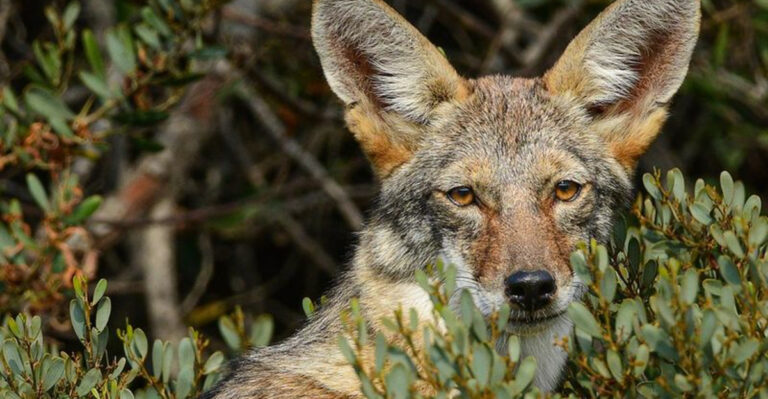Butterfly Identification: A Helpful Cheat Sheet
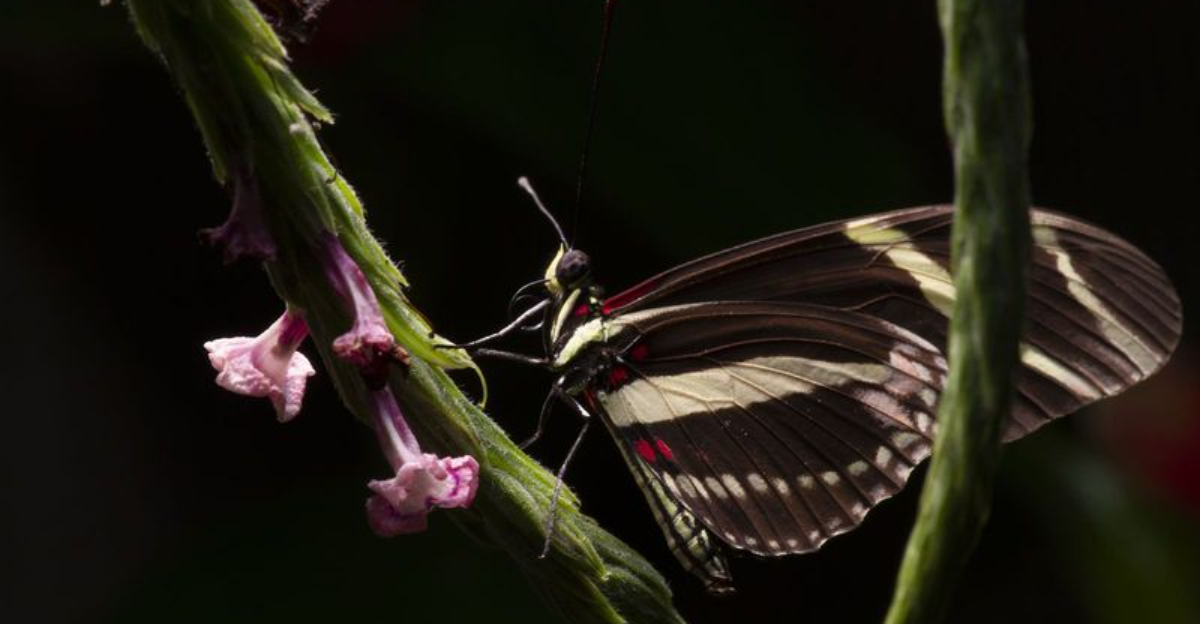
Ever spotted a fluttering jewel in your garden and wondered what type of butterfly it was? Identifying these delicate creatures can be both rewarding and challenging.
With over 20,000 butterfly species worldwide, having a simple guide at your fingertips makes spotting them much easier. This 15-step cheat sheet will transform you from curious observer to confident butterfly identifier in no time!
1. Size Matters

Wingspan gives you an instant clue about butterfly identity. Monarchs spread nearly four inches wide, while tiny blues might stretch just one inch.
Carry a small ruler or compare the butterfly to common objects like coins or credit cards for quick size references. Larger species like swallowtails and morphos stand out easily, while smaller skippers often get mistaken for moths.
2. Flight Patterns Reveal Identity

Watch how they move! Monarchs and swallowtails glide gracefully with slow, powerful wingbeats. Cabbage whites flutter erratically, while skippers dart with rapid, buzzing movements resembling moths.
Fritillaries bounce along with quick, short flights between flowers. These aerial signatures can help identify butterflies even from a distance when markings aren’t visible. Some species soar high, while others rarely leave ground level.
3. Wing Shape Tells Stories
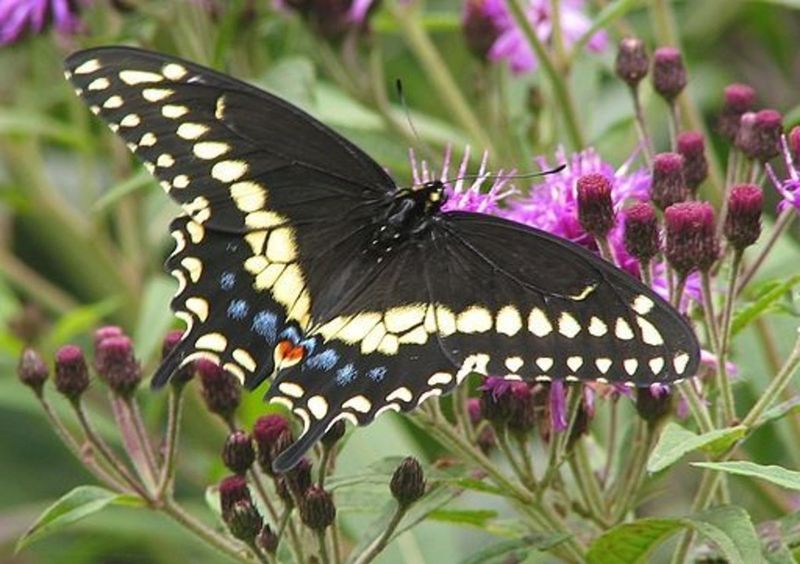
Notice those distinctive silhouettes! Swallowtails feature elegant trailing extensions resembling a swallow’s forked tail. Angle wings have jagged, irregular edges that help them blend with bark or dead leaves.
Brush-footed butterflies often have rounded wings, while skippers possess triangular, robust wings. These shapes evolved for specific survival advantages and provide reliable identification markers even when color patterns are hard to see.
4. Color Patterns Are Key
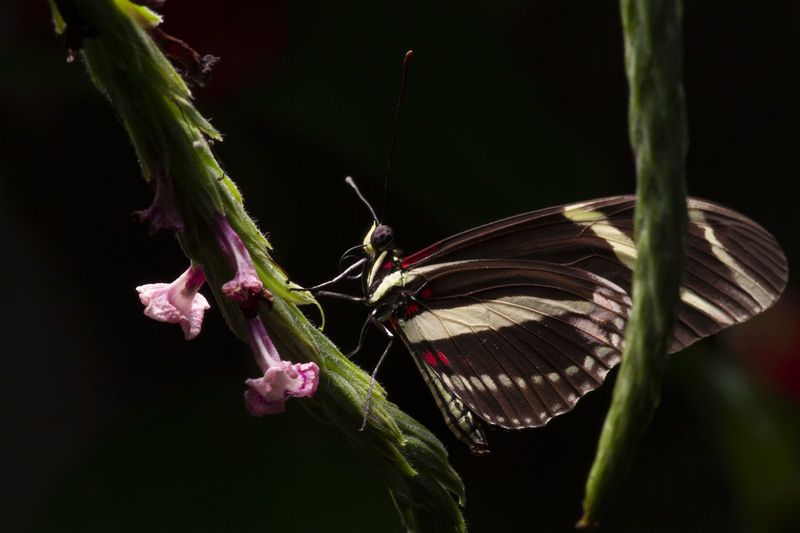
Brilliant oranges of monarchs, electric blues of morphos, or subtle browns of satyrs – colors offer instant recognition clues. Pay attention to both dominant colors and pattern arrangements.
Look for bands, spots, eyespots, and borders that create unique “fingerprints.” Remember that males and females of the same species often display different coloration, with males typically sporting brighter, more eye-catching patterns to attract mates.
5. Habitat Preferences Narrow Options

Found a butterfly near a pond? It might be a purple emperor or mourning cloak that loves moisture. Spotted one in an open meadow? Likely a fritillary or copper that thrives in sunny grasslands.
Woodland edges attract admirals and tortoiseshells, while urban gardens draw painted ladies and cabbage whites. Knowing which butterflies frequent specific environments instantly narrows your identification possibilities by eliminating unlikely candidates.
6. Regional Distribution Maps
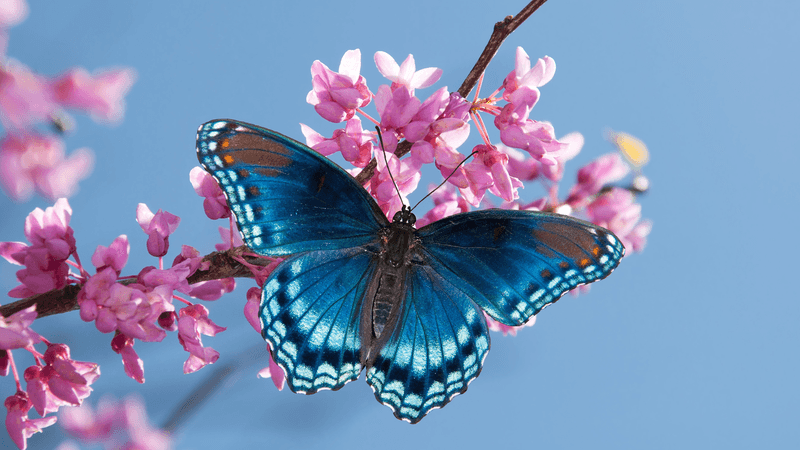
Geography narrows possibilities dramatically! A butterfly field guide with range maps saves time by eliminating species not found in your area.
Monarchs range across North America, while zebra swallowtails stick primarily to eastern regions. Climate change has shifted some ranges northward, so check recent guides. Local butterfly societies often maintain updated regional checklists showing which species you’re likely to encounter in your specific location.
7. Seasonal Appearance Windows

Timing provides crucial clues! Mourning cloaks emerge in early spring, while monarchs peak in late summer during migration. Some species have single generations annually, while others produce multiple broods.
Tiger swallowtails appear in waves throughout warm months. Spring azures emerge when their name suggests – in spring! Recording observation dates helps pattern recognition over time, making future identifications easier as you learn each species’ schedule in your area.
8. Host Plant Associations

Caught a butterfly laying eggs? The plant choice reveals its identity! Monarchs exclusively use milkweed, while black swallowtails prefer parsley family plants.
Viceroys seek willows and poplars. These relationships evolved over millions of years, with caterpillars developing specialized digestive systems for specific plants. Planting native host plants in your garden not only attracts specific butterflies but provides identification shortcuts when you spot them visiting their favorite nurseries.
9. Resting Posture Clues

Sneaky identification hack: check how they rest! True butterflies hold wings vertically closed above their bodies when perched. Skippers often hold hindwings flat while forewings stay partially raised at an angle.
Some species, like red admirals, bask with wings spread flat to absorb sunlight. Others, like question marks, close wings to display camouflaged undersides. These distinctive resting positions provide instant identification shortcuts even when markings are difficult to see clearly.
10. Underwing Patterns Matter

Flip side surprises await! Many butterflies sport dramatically different patterns underneath. Morphos dazzle with iridescent blue topsides but show brown, eye-spotted underwings.
Comma butterflies earned their name from distinctive white marks on drab brown underwings. When butterflies close their wings at rest, these hidden patterns become visible and often provide more reliable identification features than the showier upper surfaces that can fade or become damaged over time.
11. Eyespot Functions

Those fascinating circular markings serve crucial purposes! Buckeye butterflies flash eyespots to startle predators, while owl butterflies have spots resembling actual owl eyes to frighten birds.
The number, size, color, and arrangement of eyespots help distinguish similar species. Some eyespots contain iridescent scales that change color in different lighting. These false “eyes” often appear along wing edges, drawing predator attacks away from vital body parts.
12. Antennae Structure Differences
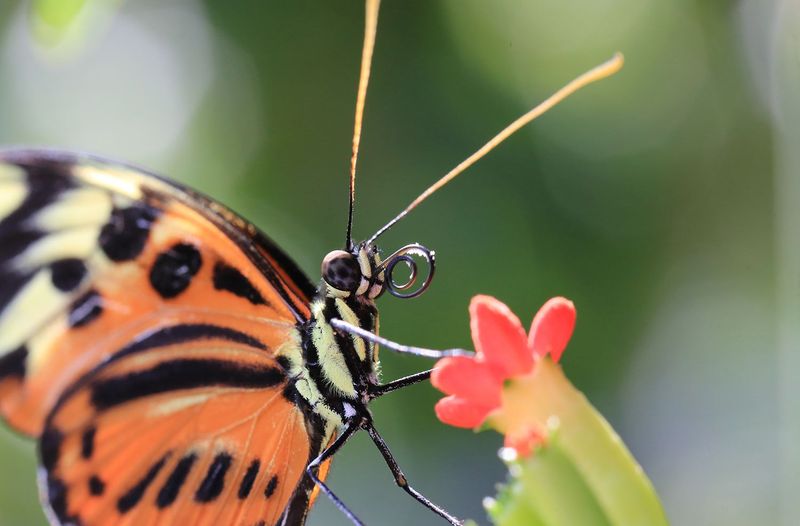
Grab binoculars for this detail! True butterflies have thin antennae with distinctive clubs at the tips. Skipper butterflies sport hooked or bent tips on their clubbed antennae.
Moths, often confused with butterflies, typically have feathery or saw-toothed antennae without clubs. Antenna length proportional to body size also helps distinguish butterfly families. These sensory appendages contain receptors for smell, balance, and even detecting Earth’s magnetic field for navigation.
13. Behavior Observation Techniques
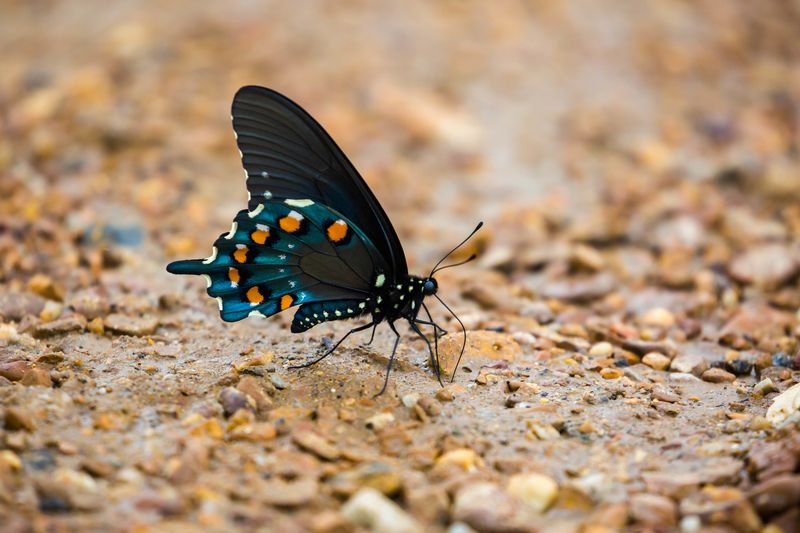
Actions speak volumes! Males of many species patrol territories, while females zigzag among plants searching for egg-laying sites. Certain butterflies perform spiral courtship dances in midair.
Some species engage in puddling behavior, gathering at mud puddles to extract minerals. Others exhibit hilltopping, where males congregate at highest points to attract mates. These behavioral patterns, combined with visual characteristics, create a more complete identification profile than appearance alone.
14. Digital Apps And Resources
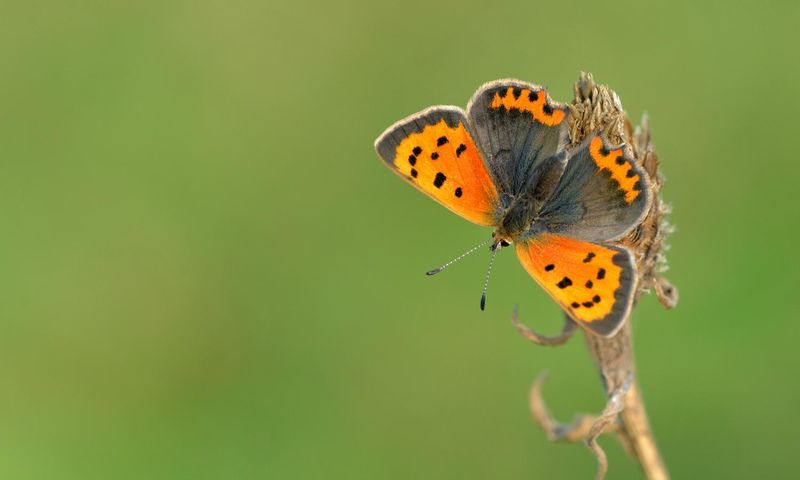
Technology transforms identification! Apps like iNaturalist and Butterfly ID use photo recognition to suggest species matches. Many include range filters to show only butterflies found in your location.
Online communities connect you with experts who verify tricky IDs. The North American Butterfly Association website offers regional guides and forums. These digital tools complement traditional field guides by providing interactive features, up-to-date range information, and community knowledge-sharing capabilities.
15. Photography Tips For Identification
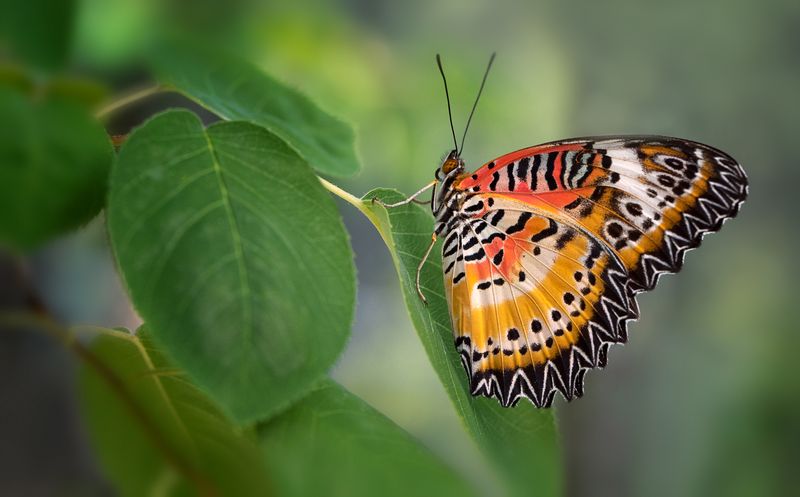
Capture crucial details with these tricks! Photograph butterflies from multiple angles, especially wing tops, undersides, and side profiles showing body features.
Morning or evening provides better lighting and catches butterflies when they’re less active. Include scale references when possible, and note date, location, and habitat details. Focus stacking techniques help capture sharp images of all parts simultaneously, creating the perfect reference photo for later identification.


